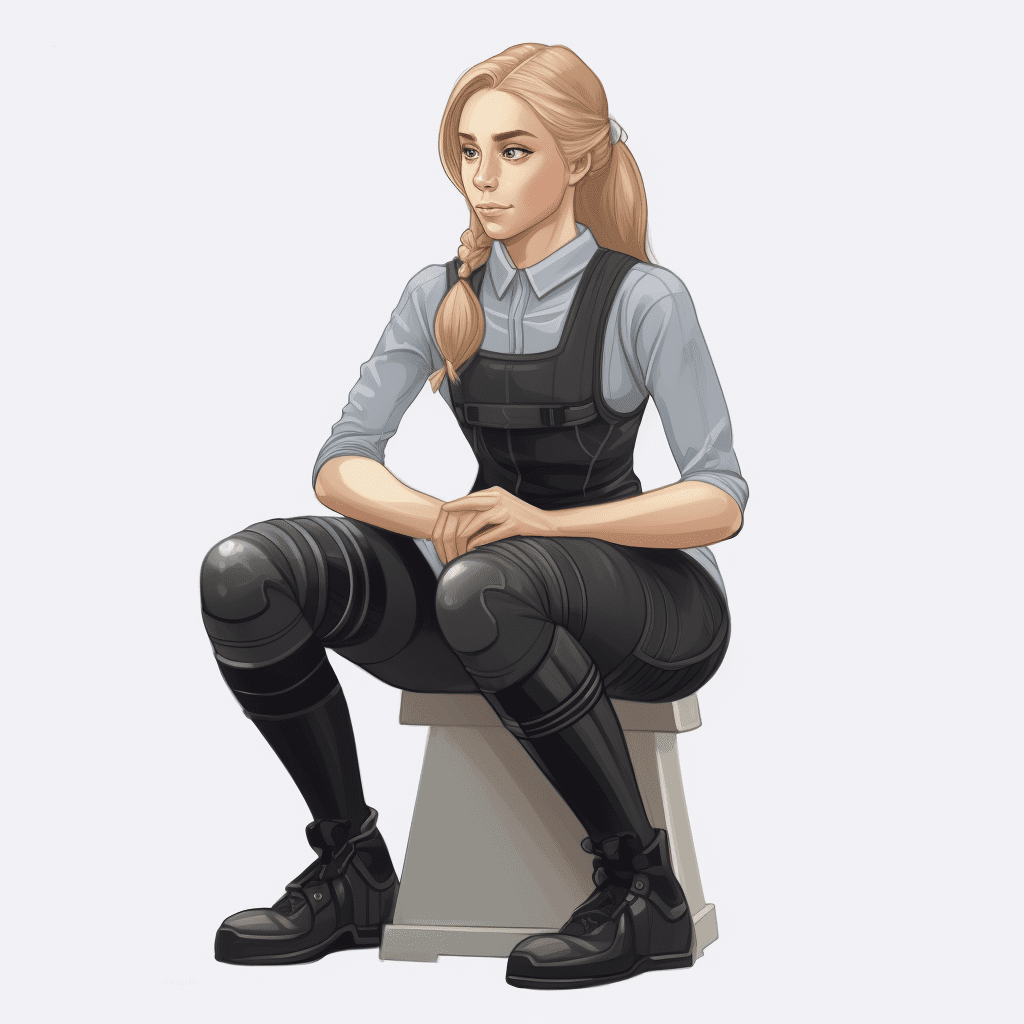
How to Do a Sissy Squat
If you’re looking to add a challenging exercise to your lower body workout routine, the sissy squat might be just what you need. This exercise targets your quadriceps, glutes, and core, helping to strengthen and tone these muscle groups. In this article, we’ll walk you through the steps of performing a sissy squat correctly to maximize its benefits.
Step 1: Warm Up
Before diving into any exercise routine, it’s crucial to warm up your body. Spend 5-10 minutes performing dynamic stretches and light cardio exercises like jogging or jumping jacks. This will prepare your muscles for the sissy squat and reduce the risk of injury.
Step 2: Find a Stable Surface
To perform a sissy squat, you’ll need a stable surface like a yoga mat or an exercise mat. Place it on the floor to provide cushioning and prevent slipping during the exercise.
Step 3: Assume the Starting Position
Start by standing with your feet shoulder-width apart. Your arms can either be extended in front of you or placed across your chest, whichever feels more comfortable.
Step 4: Lower Your Body
Slowly shift your weight onto your toes and begin lowering your body by bending your knees. Keep your back straight and maintain control throughout the movement. As you descend, aim to bring your buttocks close to your heels.
Step 5: Go as Low as You Can
At the lowest point of the movement, your knees should be nearly touching the ground, and your upper body should be angled forward slightly. This position requires balance and stability, so take your time to get used to it.
Step 6: Return to the Starting Position
Push through your heels and engage your quadriceps and core to raise your body back up to the starting position. Keep the motion slow and controlled, focusing on maintaining proper form throughout.
FAQ
Q: Can anyone do a sissy squat?
A: Sissy squats can be challenging, especially for beginners or those with certain knee or ankle issues. It’s always a good idea to consult with a fitness professional or your healthcare provider before incorporating this exercise into your routine.
Q: What muscles do sissy squats target?
A: Sissy squats primarily target the quadriceps, glutes, and core muscles. They can also engage the hamstrings and calf muscles to a lesser extent.
Q: How many reps and sets should I do?
A: For beginners, start with 2-3 sets of 8-10 repetitions. As you become more comfortable and stronger, you can gradually increase the number of sets and reps.
Q: Can sissy squats replace traditional squats?
A: Sissy squats can be a great addition to your workout routine but should not replace traditional squats. Traditional squats target a broader range of muscle groups and offer additional benefits, such as improved overall strength and stability.
Q: Can sissy squats help improve flexibility?
A: Yes, sissy squats can help improve flexibility, particularly in the quadriceps and ankles. The exercise requires a significant range of motion, which can contribute to increased flexibility over time.
Q: Are there any variations to the sissy squat?
A: Yes, there are various ways to modify the sissy squat based on your fitness level and preferences. Some examples include using a stability ball for support, adding weights, or incorporating a Bosu ball for an extra challenge.
Remember, consistency and proper form are key when performing any exercise, including the sissy squat. Start slowly and gradually increase the difficulty to prevent injury. If you’re unsure about your form or need assistance, don’t hesitate to seek guidance from a qualified fitness professional.
